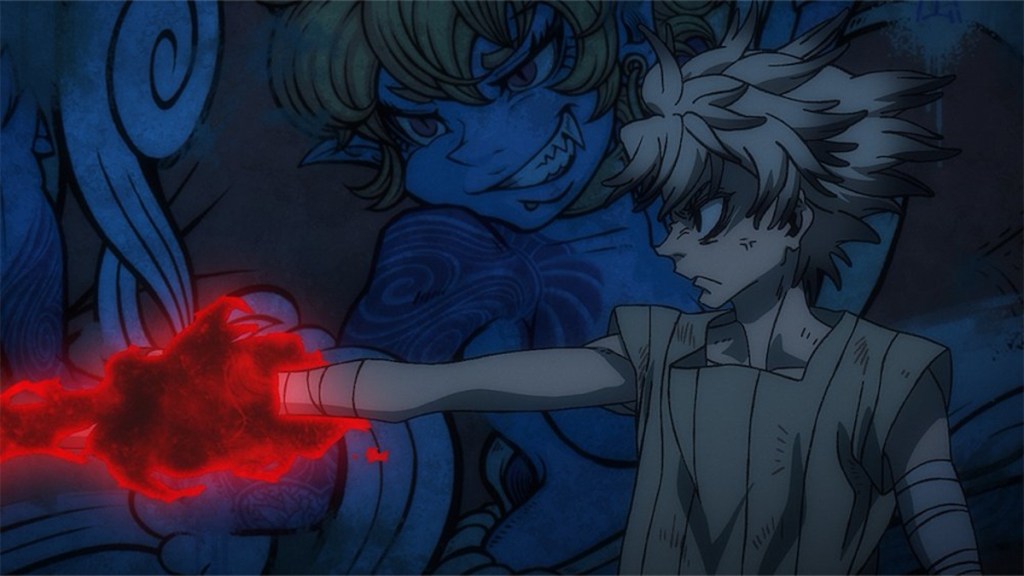If you’re a fan of shonen manga, you know that a captivating power system can draw you right in. From the Devil Fruits and haki of One Piece to the chakra of Naruto, these systems are central to the storytelling. One of the latest buzzworthy entries in this genre is Gachiakuta, created by Kei Urana. With a unique and engaging power system that has caught the attention of many, it promises to be a fresh take in the anime landscape. Let’s dive into the intricacies of the Gachiakuta power system and discover why it’s arguably one of the best in shonen manga today.
Spoilers Warning:
This article contains spoilers about the power system of Gachiakuta. Proceed with caution.
1. The Anima-Based Power System of Gachiakuta
The allure of any battle shonen manga lies in its power system. Gachiakuta presents a thought-provoking framework that might seem complicated initially. However, understanding the basics will clarify it quickly. Let’s break down the fundamentals of the anima-based power system in Gachiakuta.
2. Thought

3. Vital Instruments

Now that we have covered the concept of anima, let’s move on to how this energy translates into tools for combat. Residents of the wasteland can transform their beloved items into powerful weapons through the care and attention they invest in them. Known as “Vital Instruments” or “Jinki” in Japanese, these transformed objects play a crucial role in combating the trash monsters that plague their world. While ordinary weapons fall short against these beasts, a carefully imbued vital instrument can make all the difference. Characters like Rudo with his gloves, Enjin with an umbrella, Zanka with a walking stick, and Riyo with her scissors exemplify this ability.
If you treat something with care for long enough, it’s imbued with a soul – Regto
4. Givers

In the world of Gachiakuta, those who can create and utilize these vital instruments are referred to as “Givers.” Every giver can transform one cherished item into a powerful weapon. It’s important to note that if someone else were to steal a giver’s vital instrument, it becomes useless in the new owner’s hands. This is demonstrated in the case of Rudo, who tries to use Zanka’s stick to get money back from a cat. Interestingly, Rudo is an outlier; he can turn any object he holds into a potent vital instrument, making him a unique character in the series.
Ultimately, the world of Gachiakuta, especially the pit, is intricately woven into its anima-based power system. While other new-gen titles recycle the spiritual energy trope, Kei Urana has crafted a distinct framework that stands apart and elevates the narrative. What are your thoughts on the Gachiakuta power system? Share your insights in the comments below.
What makes the Gachiakuta power system unique compared to other shonen manga?
The Gachiakuta power system stands out due to its innovative use of anima, allowing characters to infuse ordinary objects with supernatural abilities, unlike the typically spiritual energy systems seen in other series.
How does the concept of Vital Instruments work in Gachiakuta?
Vital Instruments are items that Givers have imbued with anima through their care and attention, transforming them into powerful weapons specifically designed to combat trash-born beasts.
What role do Givers play in Gachiakuta’s universe?
Givers are characters who can turn a single treasured item into a Vital Instrument, showcasing their emotional connection to the object and their strategic prowess in battles.
Why are trash monsters significant in Gachiakuta?
Trash monsters, stemming from discarded energies and thoughts, symbolize both the wastefulness of society and serve as formidable foes that the protagonists must confront.
In conclusion, Gachiakuta offers a fascinating lens into anime’s evolving power systems. This innovative approach encourages readers to think critically about the connection between thoughts and reality. Continue exploring related content and discussions on this dynamic topic at Moyens I/O.
